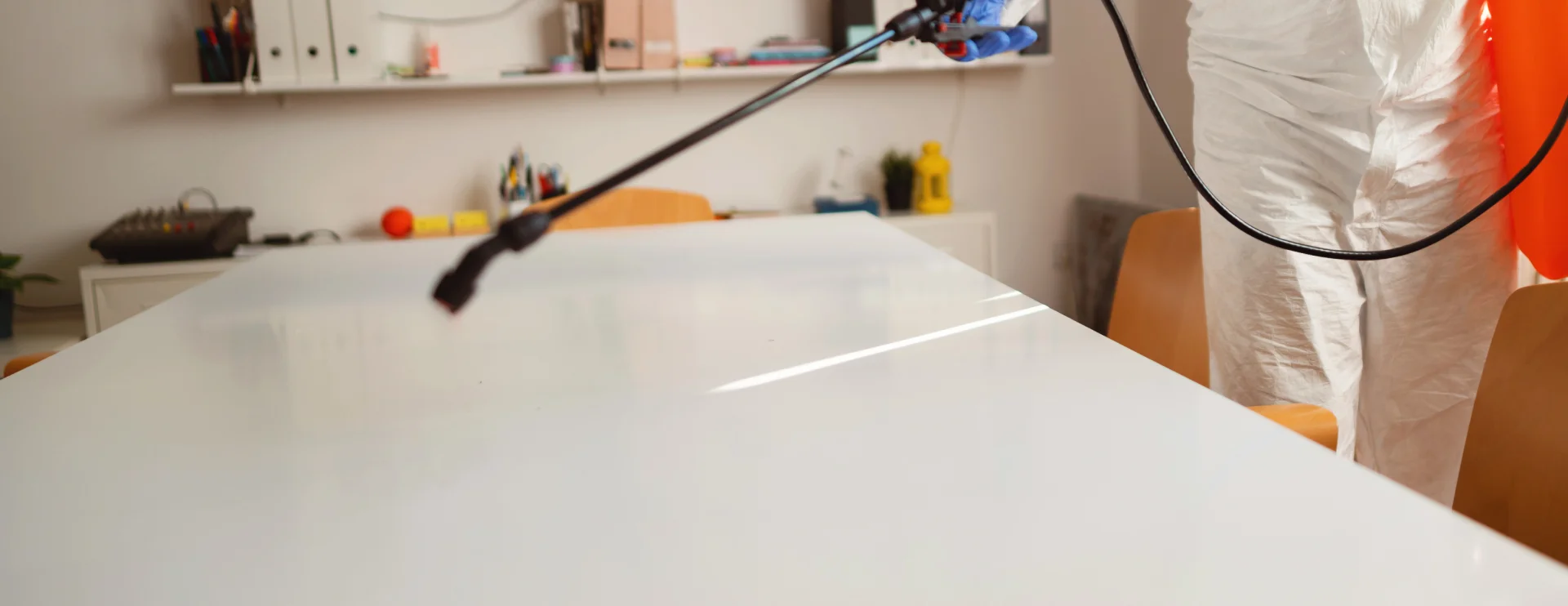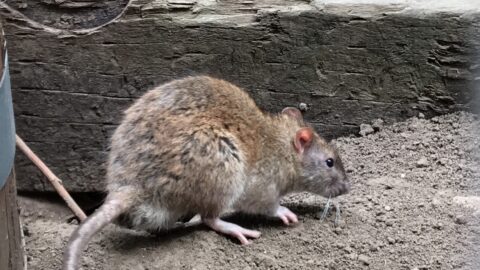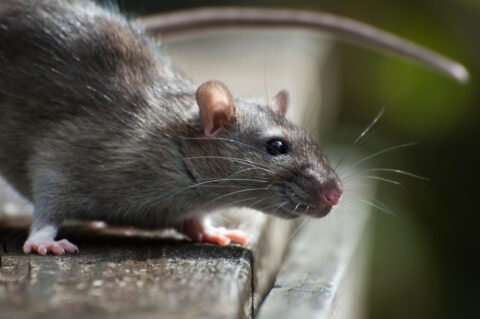To protect your home from mice, it’s essential to eliminate any potential entry points and remove attractions like food sources or cozy hiding spots. Here are some steps you can take:
- Seal Entry Points
• Close Gaps: Mice can squeeze through tiny spaces as small as a dime. Inspect your home for small holes or gaps in walls, floors, foundations, and around pipes.
• Use Steel Wool: Steel wool is excellent for filling small gaps, as mice can’t chew through it. Combine steel wool with caulk for extra security.
• Concrete Patching: For larger holes and cracks, use concrete patch to fill them in completely. - Secure Doors and Windows
• Weather Stripping: Install weather stripping around doors and windows to seal any small gaps. This also helps with insulation and prevents drafts.
• Door Sweeps: Add door sweeps to the bottom of exterior doors, preventing mice from squeezing underneath. - Cover Vents and Chimneys
• Vent Covers: Ensure all vent openings are covered with metal mesh that has small enough holes to prevent mice from getting through.
• Chimney Caps: Install chimney caps to stop mice from climbing in through the top of your chimney. - Keep the Perimeter Clear
• Trim Vegetation: Mice often use branches and shrubs as pathways to get onto roofs or through windows. Keep trees and bushes trimmed back at least three feet from the house.
• Clear Debris: Piles of leaves, wood, or other debris provide shelter and hiding spots for mice near your home. Keep the area around your home clear to deter them. - Protect Food Sources
• Store Food Properly: Keep all food, including pet food, in sealed containers to prevent mice from smelling it and being attracted indoors.
• Clean Up Spills: Mice are constantly on the hunt for food. Clean up crumbs, spills, and food stains promptly, especially in areas like the kitchen and dining room. - Reduce Hiding Places Indoors
• Declutter: Mice love hiding in cluttered spaces. Keep areas like basements, attics, and garages tidy and organized.
• Store Items in Plastic Containers: Use plastic containers with tight lids instead of cardboard boxes, as mice can easily chew through cardboard. - Regularly Inspect Pipes and Wires
• Check Pipe Openings: Mice often use plumbing or wiring as pathways. Inspect where pipes and wires enter the home, and seal gaps around these entry points.
• Install Rodent Guards: For exposed pipes or wires, especially outside the house, install rodent guards to prevent climbing. - Limit Water Sources
• Fix Leaks: Mice can survive on very little water, but fixing leaky faucets or pipes reduces their access to moisture.
• Outdoor Water Sources: If you have birdbaths or pet water bowls outside, keep them far from the house to avoid attracting mice.






